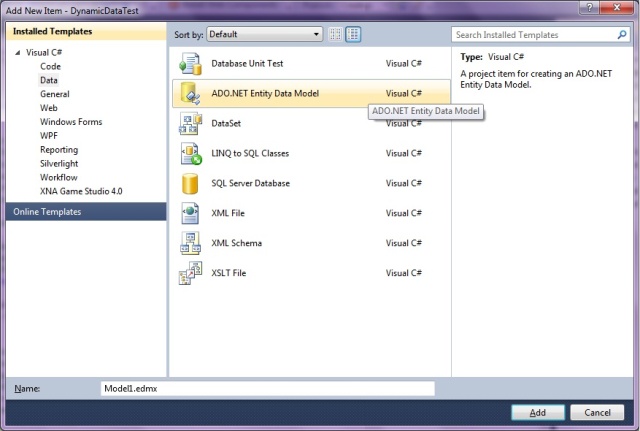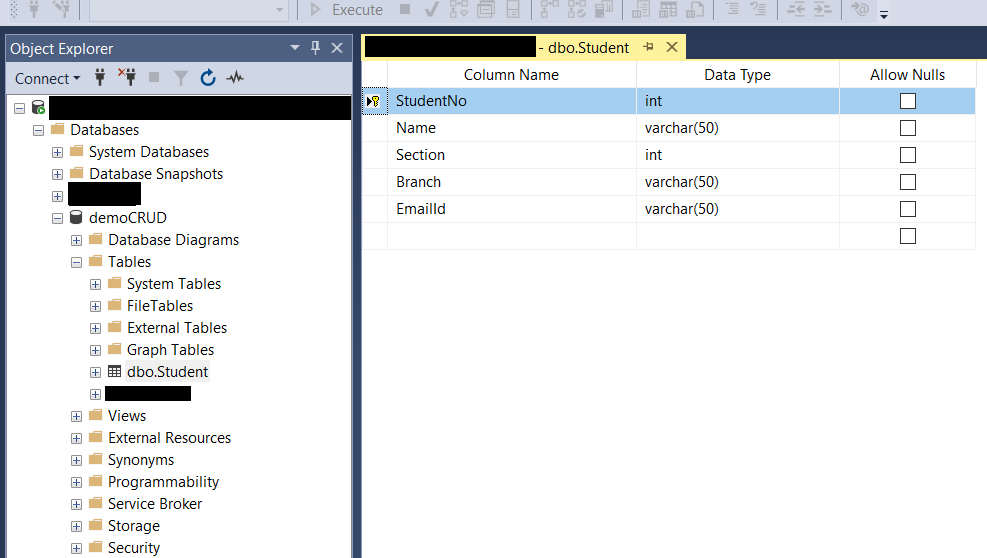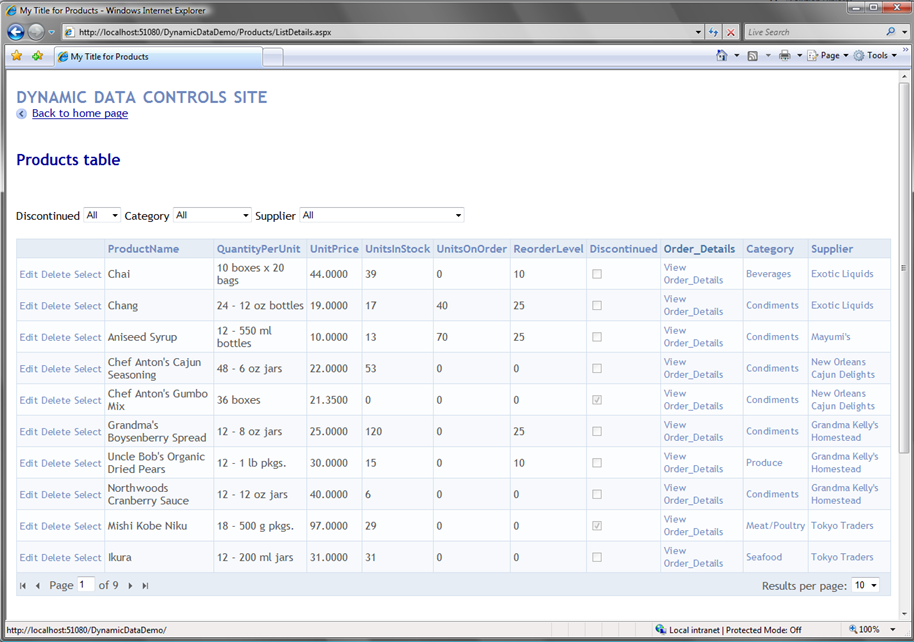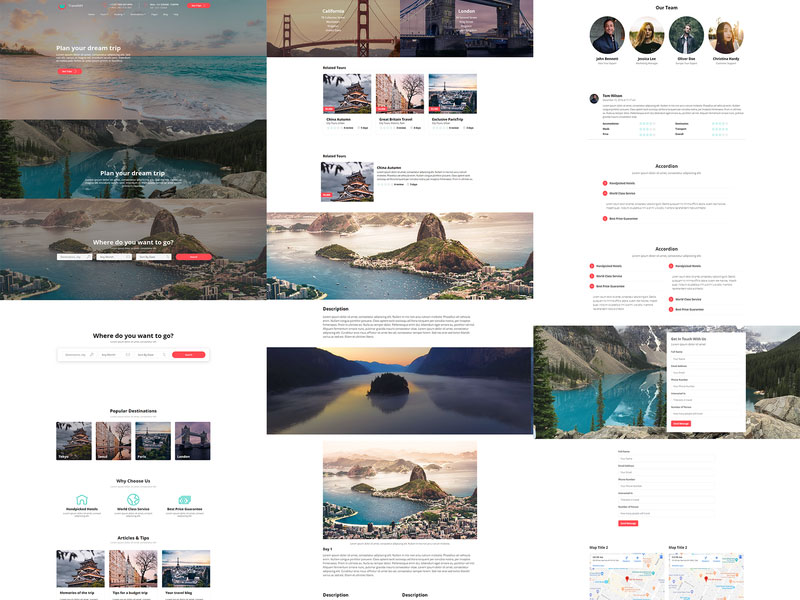

This will scaffold all the methods and views required for Menu creation. Finish the Controller creation by click the ‘Add’ button.

On the other hand the Admin page will be setup to not use any caching so that changes to the Menu are reflected immediately. This is important because we want the menu to be cached for regular pages that use the default master pages. Click on Advanced Options and select _LayoutAdmin.cshtml as the master page. Step 2: We create a Controller using the standard MVC Scaffolder that we can bring up by Right clicking on ‘Controllers’ folder and selecting ‘Add Controller’. Step 1: Copy the _Layout.cshtml and rename the new file as _LayoutAdmin.cshtml. We will build the Administration as well as the Menu on top of this. We start off with our LiveTile project that was built from an empty MVC4 project. Building the UI for Administration of the Menus
#Dynamic website examples in asp.net code#
We persist them in SQL Server using EF Code First. ParentMenu – A navigation property to the container Menu.Url – If Action Name is empty, one can provide a direct URL that the menu should point to.ControllerName – Name of controller in which the action resides.ActionName – Name of action to be invoked.The Menu class is our container or logical grouping for MenuItems. We will use SQL Server to store and EF to manage the Menu definitions. This article uses the code from the Live Tile jQuery Plugin article that we wrote earlier on The Backend In this article, we will create a simple single level menu system that will group child menu items and give the flexibility of setting the Label, Action and Controller names at run-time. I will use the database first paradigm.Default static ASP.NET MVC Project Templates are a good starting point, however projects with even medium complexity need certain amount of flexibility. It is handy to have all this code out of the box.ģ) Now we need to create our model.As I said previously I will use Entity Framework.

All pages inside there are fully customisable.It would take us a lot of time to write this amount of code. Choose C# as the development language.Choose the file system as the Web location.Ģ) Have a close look at the files and folders generated.Have a look at the FieldTemplates folder and the PageTemplates folder. Create an empty ASP.Net web site from the available templates ( ASP.Net Dynamic Data Entities Web Site) and choose a suitable name for it. If you need the installation scripts for the sample AdventureWorkLT database, click hereġ) Launch Visual Studio 2010 (express edition will work fine).
#Dynamic website examples in asp.net install#
If you do not, you can download and install the free SQL Server Express edition from here. I assume that you have access to a version of SQL Server and AdventureWorkLT database. I will demonstrate the various features of ASP.Net Dynamic Data with hands on examples. It consists of page templates,field page templates and filter templates. It can do so by reading metadata from the Entity Framework Data model.It also provides CRUD operations for each table in the auto-generated Web pages.

Scaffolding generates elements for each table in the database. The main concept behind ASP.Net Dynamic Data is Scaffolding. I can customise how pages are rendered and also customise page routes and fields. Using ASP.Net Dynamic Data, I can modify & customise the master page and the css file.


 0 kommentar(er)
0 kommentar(er)
